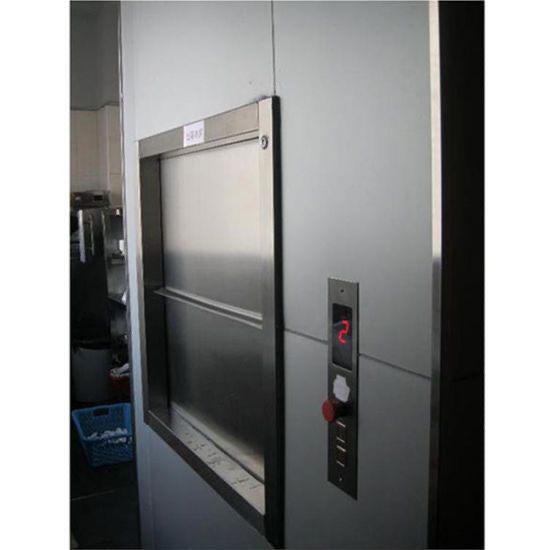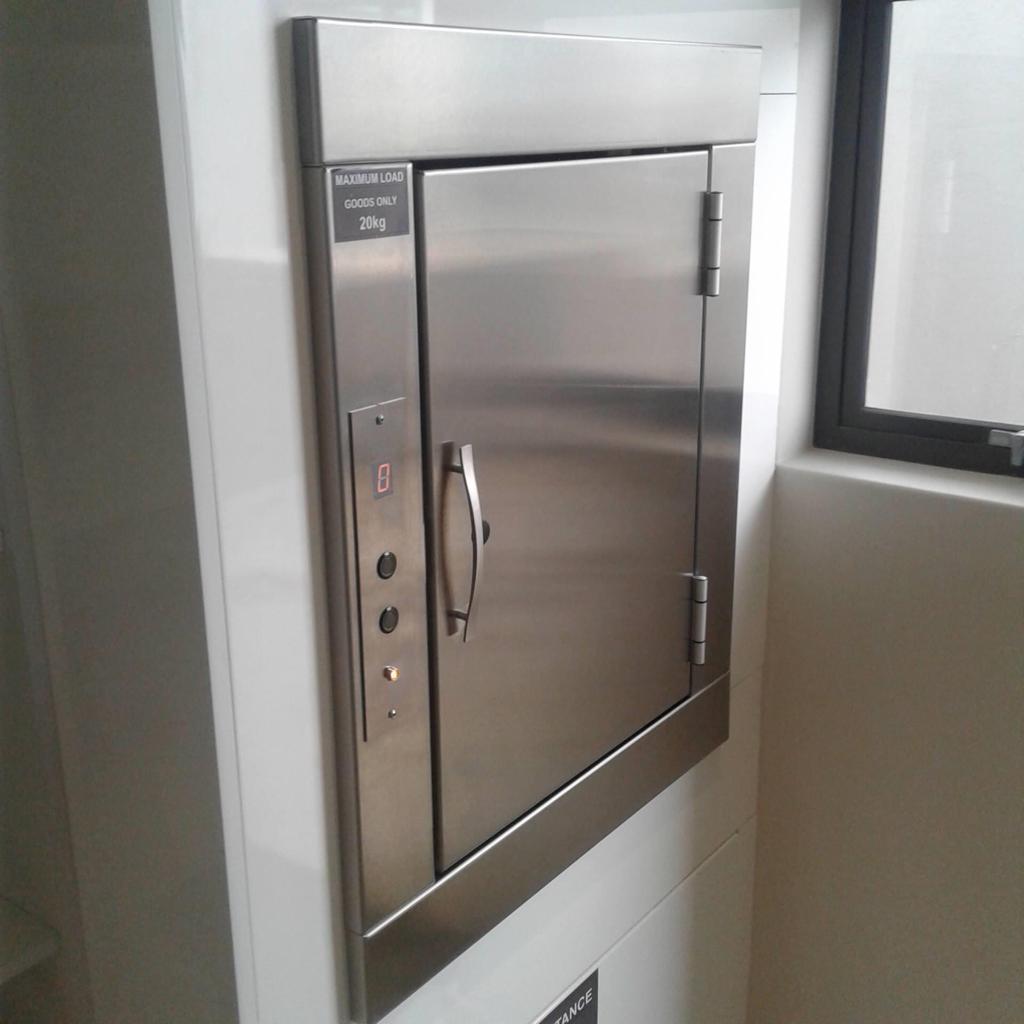Kitchen elevators, often referred to as dumbwaiters, are small, vertical conveyance systems used to transport food, dishes, and other items between different levels of a building, typically within a kitchen or dining area. Here are some key details about kitchen elevators:
1. Size and Capacity: Kitchen elevators are smaller than passenger elevators and have limited capacity, typically ranging from 100 to 500 pounds (45 to 227 kilograms). The size and capacity can vary depending on the specific model and manufacturer.
2. Purpose: They are primarily designed to transport items such as prepared dishes, dirty dishes, utensils, and ingredients between different floors or levels within a restaurant, hotel, or residential kitchen.
3. Manual or Motorized: Some kitchen elevators are manually operated, where a person must physically load and unload items and move the elevator car between floors. Others are motorized, offering automated operation.
4. Safety Features: Safety is crucial, and kitchen elevators often feature safety interlocks, emergency stop buttons, and sensors to prevent accidents.
5. Installation: Installing a kitchen elevator may require compliance with local building codes and regulations. Professional installation is typically necessary to ensure safety and functionality.
6. Maintenance: Regular maintenance is essential to keep kitchen elevators in good working condition, as they are subject to wear and tear due to frequent use.
7. Material Handling: Kitchen elevators can be designed to handle hot or cold items, making them suitable for various culinary needs.
8. Cost: The cost of a kitchen elevator can vary widely based on factors such as capacity, automation level, and customization. It’s important to consider both the upfront cost and ongoing maintenance expenses.
9. Accessibility: Kitchen elevators can improve accessibility within a multi-level kitchen, making it easier for staff to transport heavy or bulky items.
10. Regulations: Be aware of local regulations regarding the installation and operation of kitchen elevators, as these may vary by location.
If you’re considering installing a kitchen elevator, it’s advisable to consult with a our professional contractor or our elevator specialist to assess your specific needs and ensure compliance with safety and regulatory requirements.



